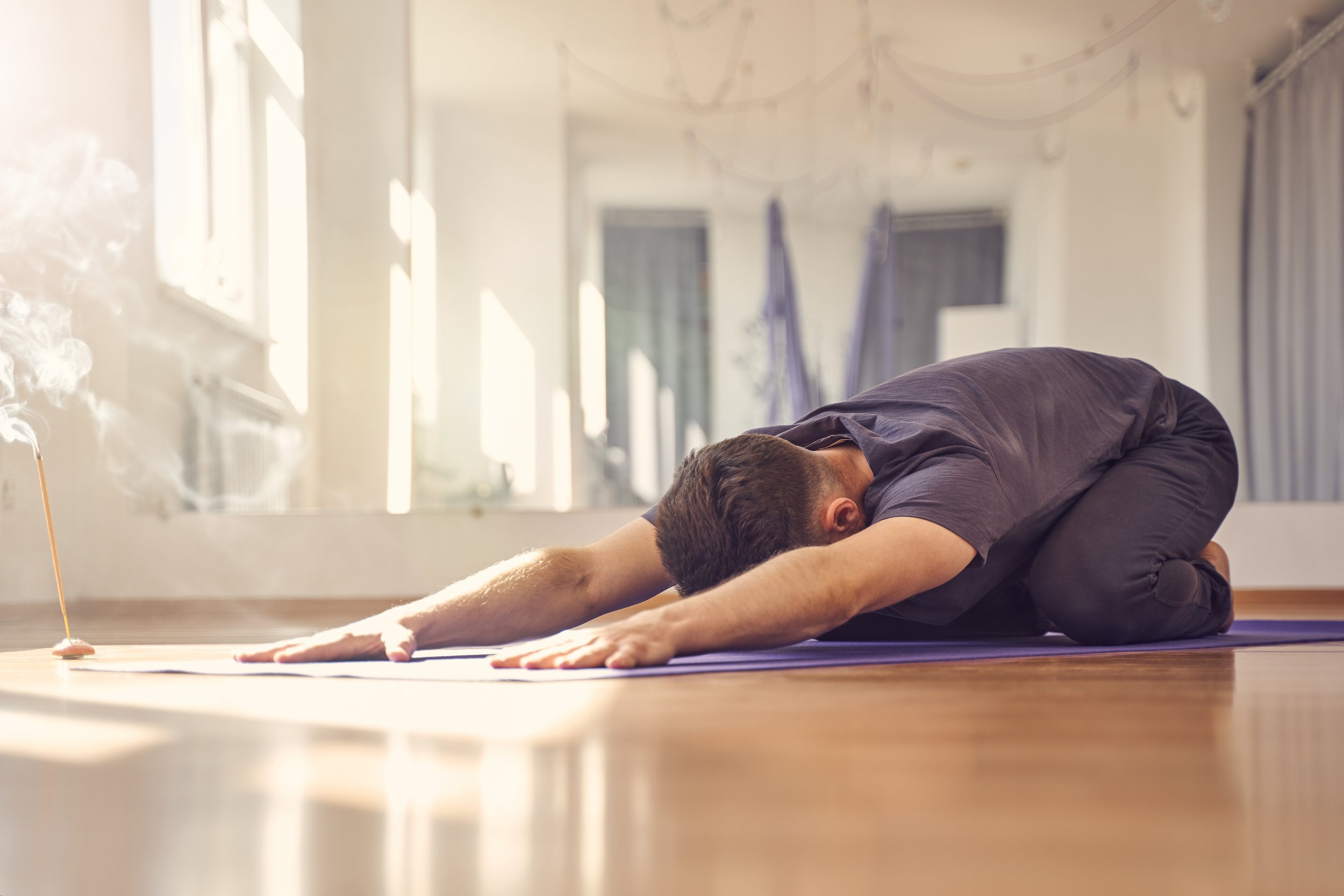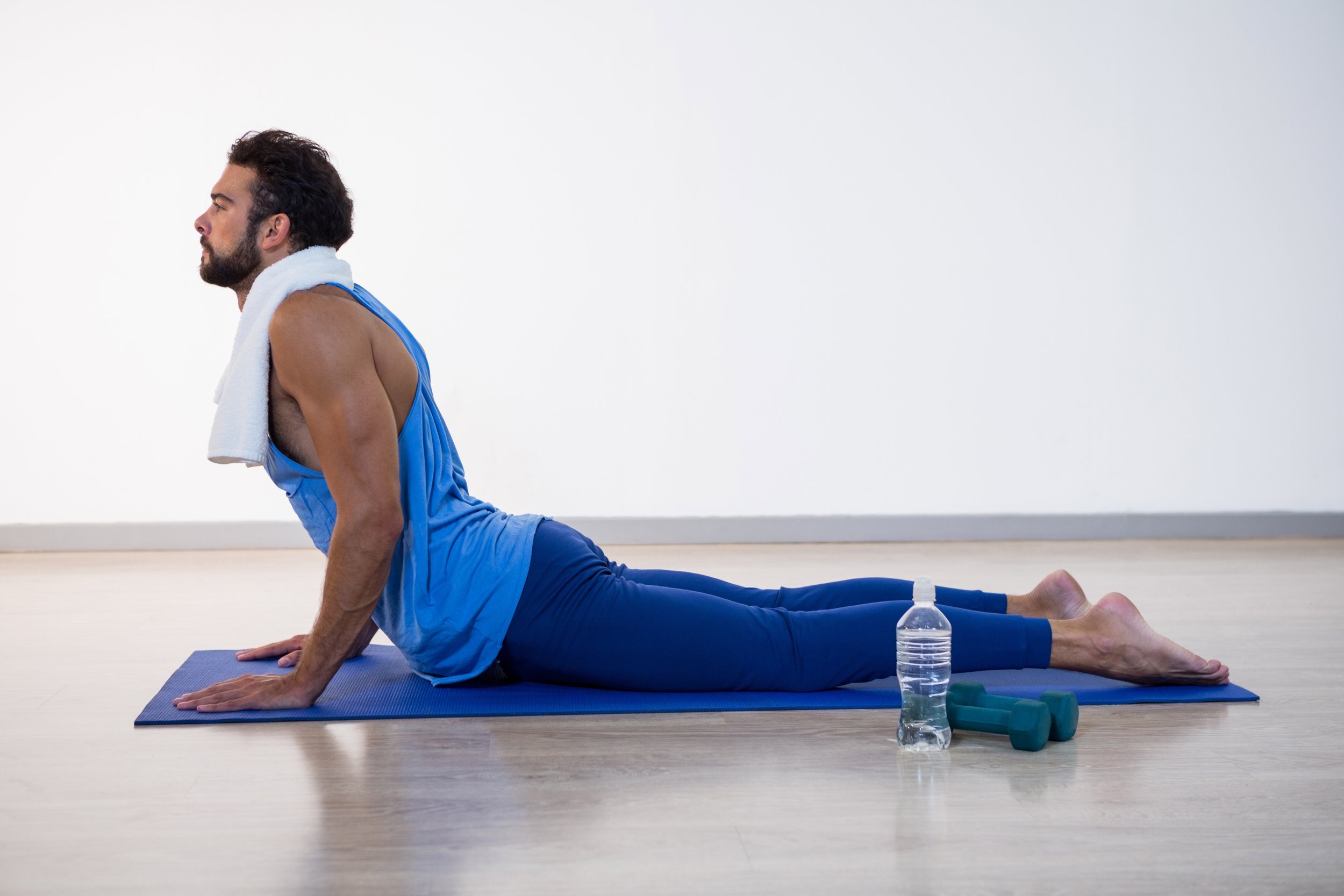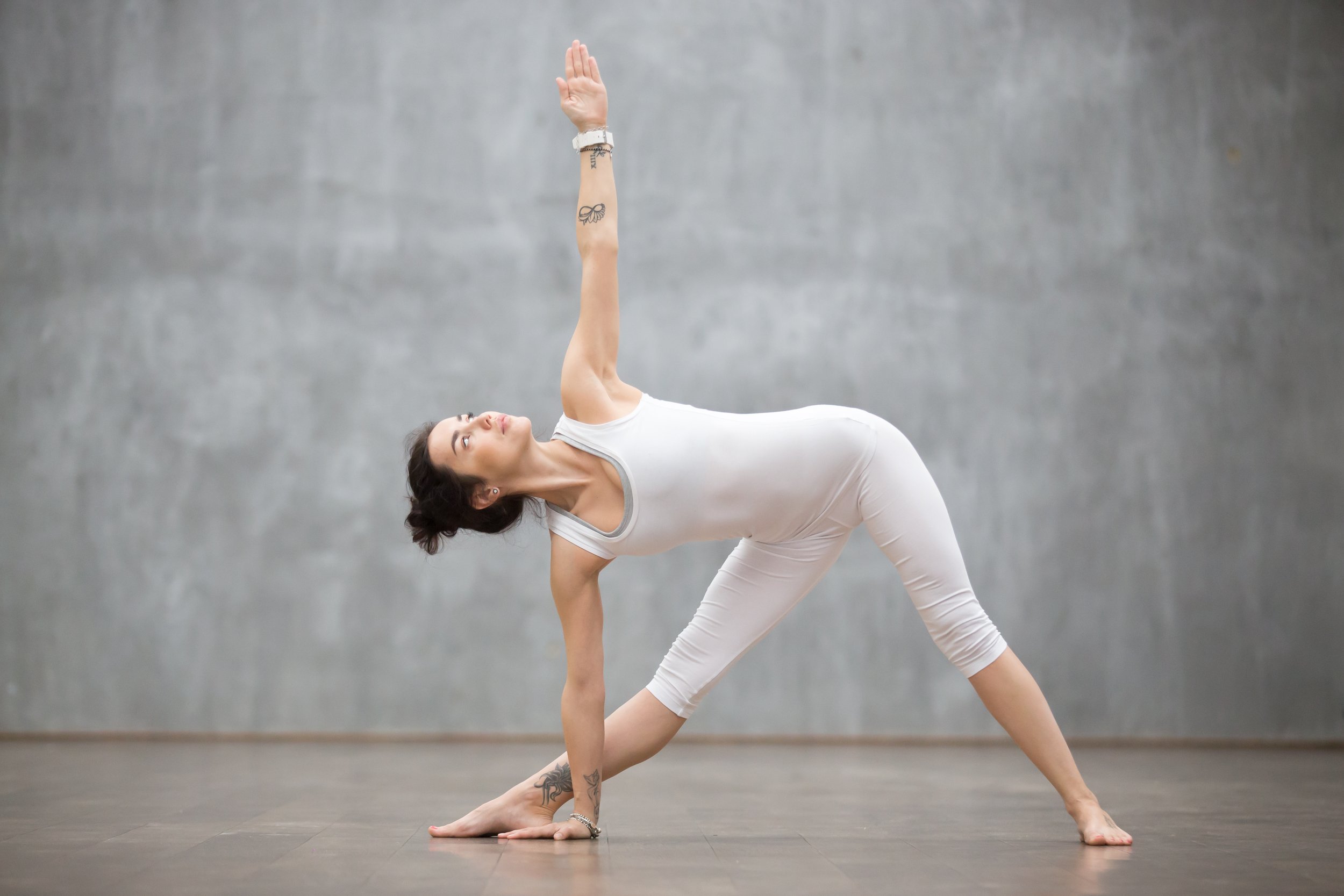Yoga for Lower Back Pain: A Comprehensive Guide to Relief
Lower back pain is a common health issue that affects millions of people worldwide. According to the World Health Organization, lower back pain is the leading cause of disability globally. The pain can be excruciating and limit daily activities, making it essential to find effective ways to manage and treat it. One such solution is Yoga, an ancient practice that has been used for centuries to promote physical, mental, and emotional well-being. In this article, we will explore the benefits of Yoga for lower back pain relief, the causes of lower back pain, and the best Yoga poses for managing lower back pain.
Causes of Lower Back Pain
Lower back pain can occur due to various factors. Understanding the cause of the pain is crucial in managing and treating it. Here are some common causes of lower back pain.
Muscular Strains and Sprains
Muscular strains and sprains are the leading cause of lower back pain. Strains occur when muscles in the back are stretched too far or torn, leading to pain and discomfort. Sprains, on the other hand, occur when ligaments in the back are stretched or torn. Both strains and sprains can be caused by sudden movements, improper lifting techniques, or poor posture. In some cases, chronic muscle strains or sprains can lead to long-term lower back pain.
Poor Posture
Sitting or standing for prolonged periods in a slouched or hunched position can lead to lower back pain. Poor posture puts extra strain on the muscles and ligaments in the back, leading to pain and discomfort. People who work desk jobs or spend long hours driving are at higher risk of developing lower back pain due to poor posture.
Herniated Discs
The spine is made up of small bones called vertebrae, which are cushioned by discs. Herniated discs occur when the soft tissue inside the disc pushes out through the tough exterior, putting pressure on the nerves in the back. This pressure can cause lower back pain, numbness, and tingling sensations in the legs and feet.
Degenerative Disc Disease
As we age, the discs in our spine can wear down and lose their ability to cushion the vertebrae. This can lead to lower back pain, especially when sitting or standing for long periods.
How Yoga Can Help
Yoga is a mind-body practice that combines physical postures, breathing techniques, and meditation to promote overall health and well-being. Yoga has been shown to be effective in managing and treating lower back pain. Here are some ways in which Yoga can help relieve lower back pain.
Stretching and Strengthening Muscles
Yoga postures, or asanas, can help stretch and strengthen the muscles in the back, promoting better flexibility and mobility. When done regularly, Yoga can help alleviate tension in the muscles and relieve lower back pain. Certain poses, such as Cat-Cow and Downward Dog, can help stretch the muscles in the lower back and improve flexibility.
Improving Posture
Poor posture is a leading cause of lower back pain. Yoga can help improve posture by promoting proper alignment of the spine and strengthening the muscles that support it. Certain poses, such as Mountain pose and Warrior I, can help improve posture by encouraging a straight spine and engaged core.
Increasing Flexibility
Tight muscles can contribute to lower back pain. Yoga can help increase flexibility in the muscles, reducing tension and promoting relaxation. Certain poses, such as the Triangle pose and the Seated Forward Bend, can help stretch the muscles in the back and increase flexibility.
Best Yoga Poses for Lower Back Pain Relief
Yoga poses can be a powerful tool in managing lower back pain. Here are some of the best Yoga poses for lower back pain relief.
Child's Pose
The Child's Pose is a gentle pose that can help relieve tension in the lower back. To do this pose, kneel on the floor with your knees hip-width apart and your toes touching. Slowly lower your upper body forward, resting your forehead on the floor or a prop such as a cushion or a bolster. Reach your arms out in front of you, palms facing down. Breathe deeply and hold the pose for 5-10 breaths.
Cat-Cow Pose
The Cat-Cow Pose is a gentle flow that can help stretch and strengthen the muscles in the back. Begin on your hands and knees, with your wrists directly under your shoulders and your knees directly under your hips. As you inhale, lift your tailbone and arch your spine, letting your belly drop toward the floor. As you exhale, tuck your chin to your chest, round your spine, and tuck your tailbone under. Repeat this flow for several breaths, moving between the Cat and Cow poses.
Downward Dog
The Downward Dog pose can help stretch the muscles in the back and improve posture. Begin on your hands and knees, with your wrists directly under your shoulders and your knees directly under your hips. As you exhale, lift your hips up and back, straightening your arms and legs. Your body should form an inverted V shape. Keep your head between your arms and your heels reaching toward the floor. Hold the pose for 5-10 breaths.
Cobra Pose
The Cobra Pose can help strengthen the muscles in the back and improve posture. Begin lying face down on the floor with your hands by your shoulders. As you inhale, press your hands into the floor and lift your chest, keeping your elbows close to your body. Hold the pose for several breaths, then release back down to the floor.
Triangle Pose
The Triangle Pose can help stretch the muscles in the back and improve flexibility. Begin standing with your feet hip-width apart. Turn your left foot out and your right foot in slightly. Reach your left arm up and over your head, then hinge forward from your hips, reaching your left hand toward your left foot. Rest your right hand on your hip or a prop. Hold the pose for several breaths, then switch sides.
Precautions While Practicing Yoga
While Yoga can be an effective tool for managing lower back pain, it's essential to take certain precautions to prevent further injury. Here are some precautions to take while practicing Yoga for lower back pain relief.
Consult a Physician
Before starting any new exercise program, it's essential to consult with your physician. They can help determine if Yoga is right for you and if there are any specific poses you should avoid.
Start Slow
If you're new to Yoga, it's important to start slow and gradually build up your practice. Begin with gentle poses and only hold them for a few breaths at a time. As you build strength and flexibility, you can gradually increase the intensity and duration of your practice.
Avoid Certain Poses
Some Yoga poses can exacerbate lower back pain, so it's important to avoid them if they cause discomfort. Poses such as the Forward Fold or the Camel Pose can put too much pressure on the lower back and should be avoided if you have lower back pain.
Conclusion
Lower back pain is a common health issue that can significantly impact daily life. Yoga is an effective tool for managing and treating lower back pain, promoting flexibility, strength, and relaxation. By incorporating Yoga into your daily routine and taking precautions to prevent injury, you can find relief from lower back pain and improve your overall well-being. Remember to consult with your physician before starting any new exercise program and start slow, gradually building up your practice to prevent injury. With regular practice, you can experience the benefits of Yoga for lower back pain relief and improve your quality of life. So, roll out your mat, find a quiet space, and begin your journey to a healthier, happier, and pain-free back with Yoga. Namaste!
References:
1. World Health Organization. (2018). Low back pain.
2. Sherman, K. J., Cherkin, D. C., Erro, J., Miglioretti, D. L., & Deyo, R. A. (2005). Comparing yoga, exercise, and a self-care book for chronic low back pain: A randomized, controlled trial. Annals of Internal Medicine, 143(12), 849-856.
3. Tilbrook, H. E., Cox, H., Hewitt, C. E., Kang'ombe, A. R., Chuang, L.-H., Jayakody, S., ... & Torgerson, D. J. (2011). Yoga for chronic low back pain: A randomized trial. Annals of Internal Medicine, 155(9), 569-578.
4. Wieland, L. S., Skoetz, N., Pilkington, K., Vempati, R., D'Adamo, C. R., & Berman, B. M. (2017). Yoga treatment for chronic non-specific low back pain. Cochrane Database of Systematic Reviews, (1).
5. American Council on Exercise. (n.d.). Cat-cow.
6. American Council on Exercise. (n.d.). Downward-facing dog.
7. American Council on Exercise. (n.d.). Cobra.
8. American Council on Exercise. (n.d.). Triangle.
9. National Center for Complementary and Integrative Health. (2016).




